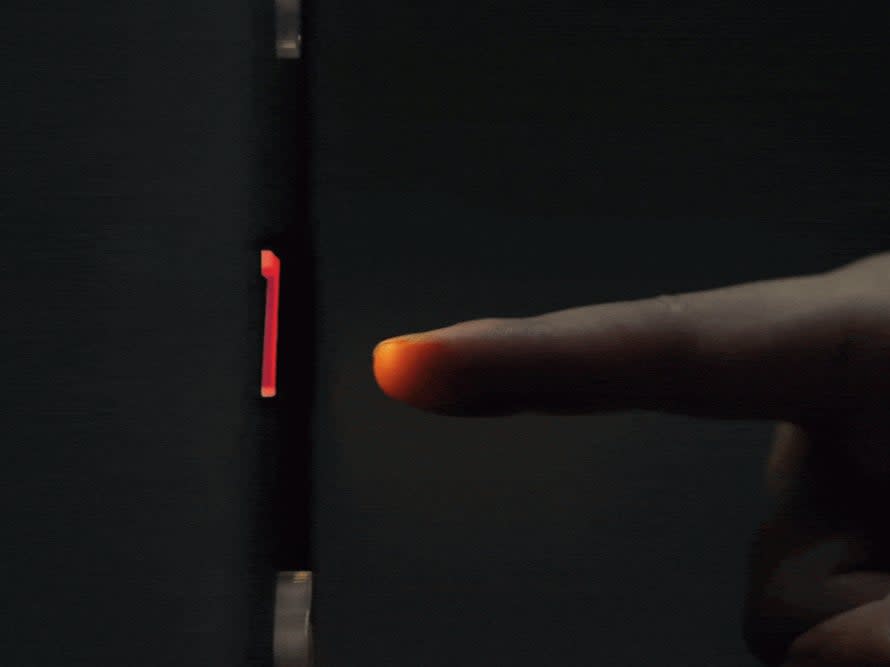Touchless buttons that ‘mirror’ your finger could be the future in a post-pandemic world

Singaporean design studio Stuck Design have developed an alternative to traditional touch-based buttons, as the coronavirus pandemic has led to more people attempting to live with less physical contact.
The company’s “Kinetic Touchless” button using motion detection, rather than touch, to activate, and can be used in a number of environments as the pandemic continues – such as elevators.
“When used in the context of lift buttons, Kinetic Touchless mirrors your finger movements to recreate the tactile response of pushing a button,” the company says on its site.
“As the finger moves towards the button to activate it, as one would a traditional lift button, the Kinetic Touchless button responds with the same motion by sinking inwards before pushing back out, directly mimicking the finger motion.”
The studio is working on a prototype, but has yet to show a commercial version of the button that has been installed in everyday technology.
Stuck Design envisages that a light or buzz would be used instead of kinetic feedback to indicate that the button has been pressed.
“By going beyond the expected feedback of light and sound, Kinetic Touchless provides a surprisingly delightful and yet newly familiar way to interact with contactless technology”, the company claims.
As well as pushing a button inwards, the company suggests that the kind of button can be applied to various other gestures such as pushing, pulling, and sliding.
New buttons are not the only innovation that could come from the coronavirus pandemic. Researchers have suggested that the need to reduce human exposure to other people and surfaces could be the tipping point in the development of robotics.
Robots could be used to combat the coronavirus pandemic by doing the "dull, dirty and dangerous" jobs.
"Opportunities lie in intelligent navigation and detection of high-risk, high-touch areas, combined with other preventative measures. New generations of large, small, micro, and swarm robots that are able to continuously work and clean could be developed”, the scientists wrote in March 2020.
Autonomous droid-style machines are already being trialled as Covid-19 cleaners in Leeds while in Tunisia robots have been used to police people in lockdown.
Cambridge University researchers also developed a ”no-touch touchscreen” that uses artificial intelligence to predict a user’s intention before their hand reaches the display.
The screen is designed for use in vehicles, but the researchers suggest that it could be used in other areas as the pandemic continues.
Read More
Top 10 richest men ‘could fund Covid jabs for all from rise in wealth’

 Yahoo Finance
Yahoo Finance 